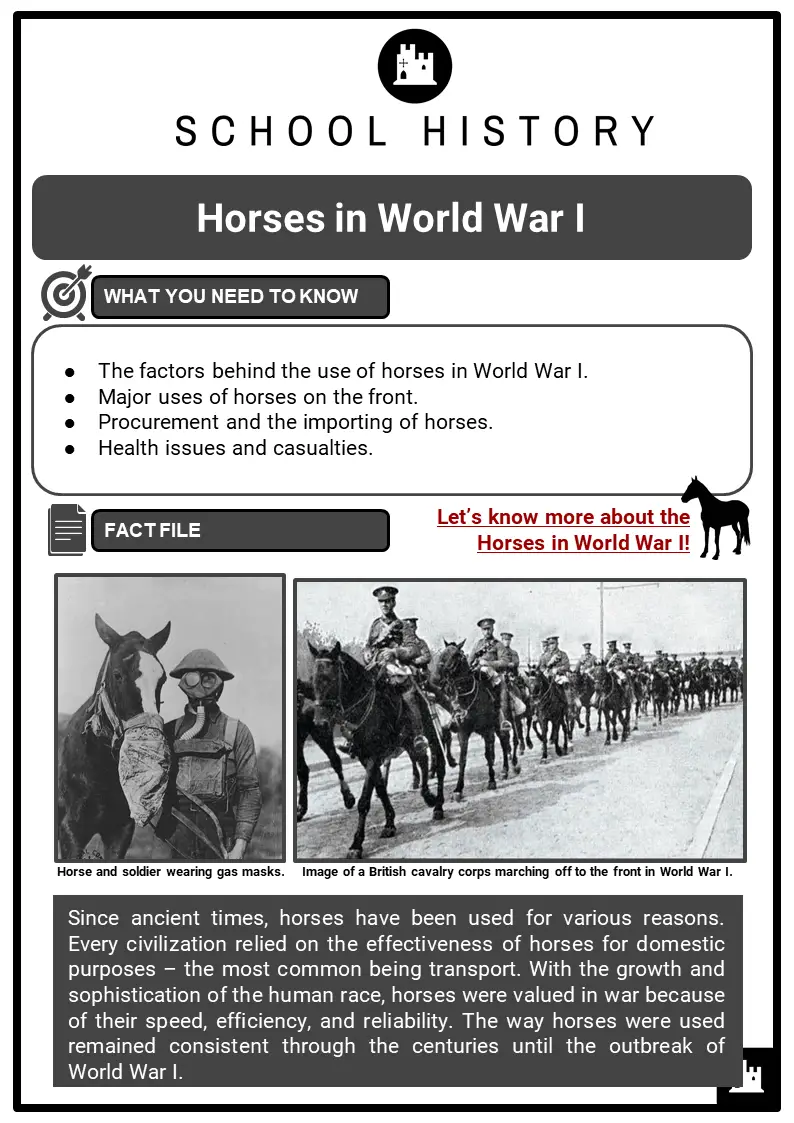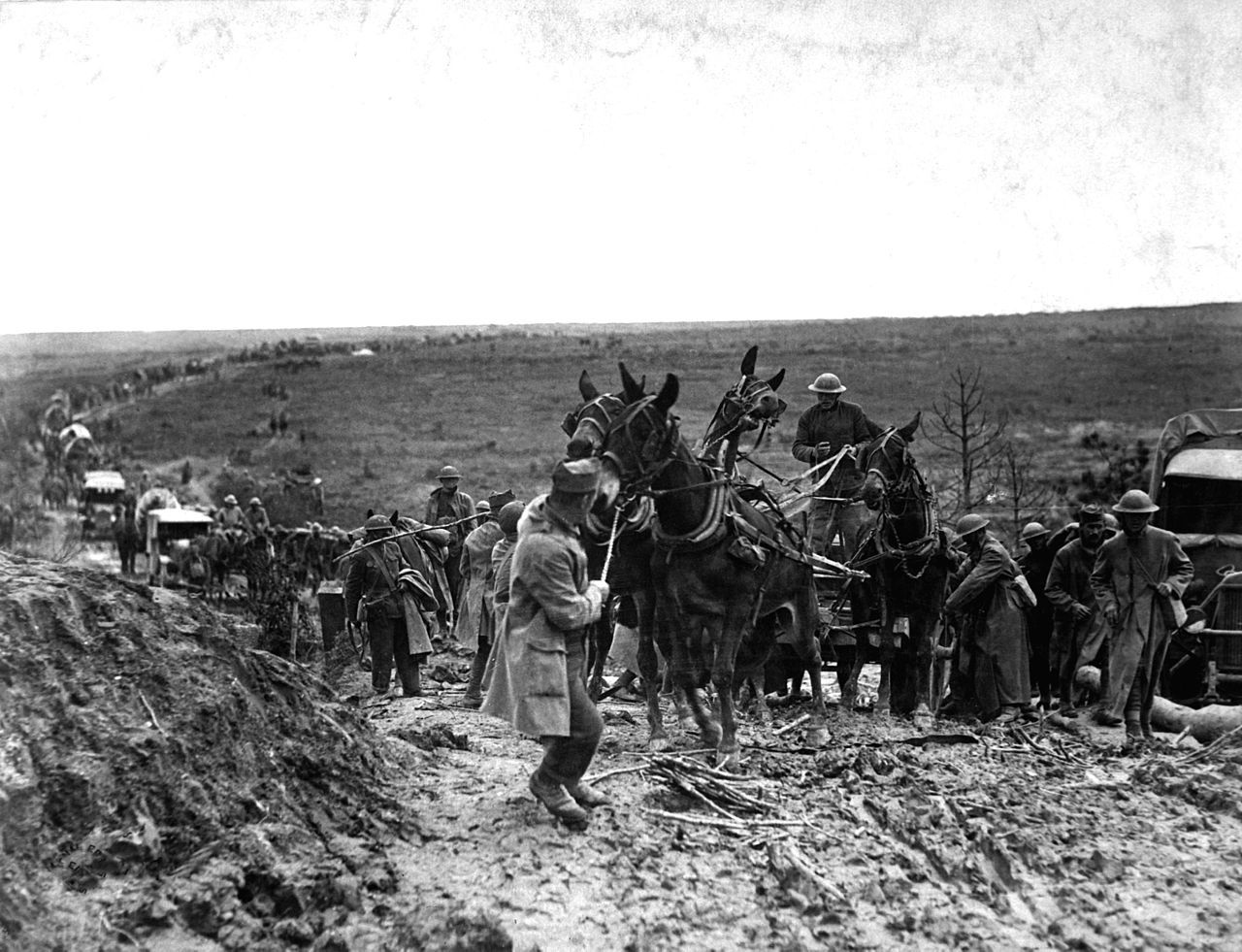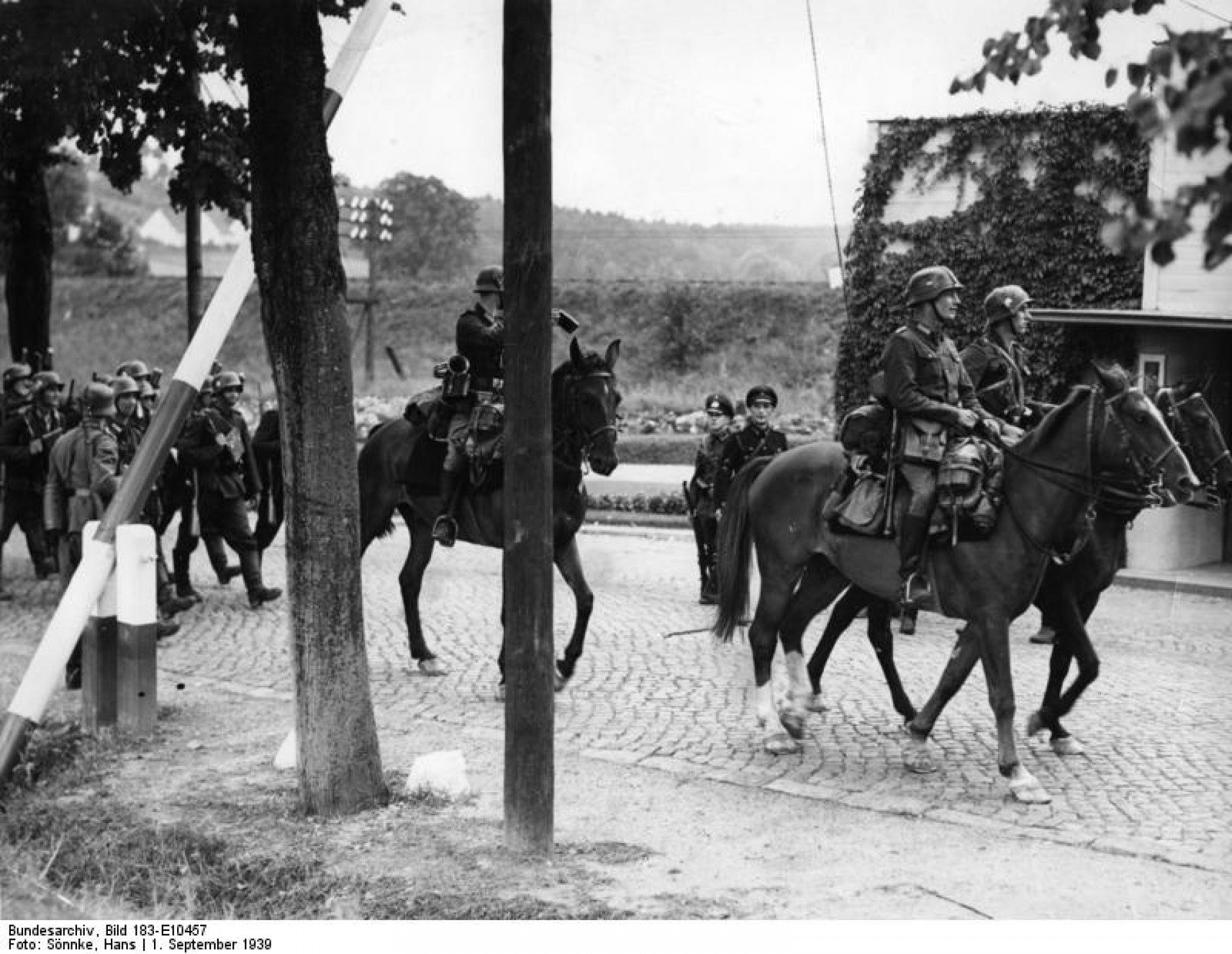The use of horses in World War II is a fascinating and often overlooked aspect of the conflict. While the war is often associated with technological advancements and modern warfare, it’s important to remember that horses played a significant role in various capacities. From transportation and logistics to cavalry charges and supply lines, horses were an integral part of the war effort for many nations involved. In this article, we will explore the extent to which horses were used in World War II and the impact they had on the outcome of the war.
Evolution of Horses in Warfare

Horses have been used in warfare for thousands of years, serving as essential companions for soldiers and warriors. In the context of World War II, the use of horses evolved in response to the changing nature of warfare. While the advent of tanks and motorized vehicles revolutionized military tactics, horses continued to play a crucial role, particularly for certain countries with limited access to modern machinery. It’s important to understand the historical context of horse use in warfare to appreciate their significance in World War II.
Early War Efforts
At the outset of World War II, many countries still relied heavily on horse-drawn transportation for moving troops and supplies. In particular, countries with extensive rural areas and limited industrial capacity, such as the Soviet Union and Poland, utilized horses for logistical support. The German army also made significant use of horses, especially in the early stages of its military campaigns, before transitioning to mechanized warfare.
Cavalry Units
Despite the increasing dominance of tanks and armored vehicles, several countries maintained cavalry units throughout the war. The Soviet Union, for example, had a substantial cavalry force that played a crucial role in various battles, particularly on the Eastern Front. These units often relied on horses for mobility and maneuverability in rugged terrain, where mechanized vehicles were less effective.
Supply and Communication
In addition to transportation and cavalry units, horses were vital for supply and communication purposes. In many instances, horses were used to transport crucial provisions and equipment to the front lines, where motorized vehicles could not easily navigate. Furthermore, horses were employed to carry messengers and facilitate communication between different units, especially in areas with limited or disrupted communication infrastructure.
Horses in Combat

While the role of horses in combat diminished with the rise of modern weaponry, there were still instances where they played a significant part in military operations. One notable example is the use of horses by the Soviet Red Army during the defense of Moscow in 1941. As the German forces advanced, Soviet troops utilized cavalry units to launch surprise attacks and harass enemy supply lines, effectively slowing down the German advance.
Cavalry Charges
Despite the prevalence of mechanized warfare, there were instances of cavalry charges during World War II. These charges were often employed in areas where tanks and vehicles were less effective, such as dense forests or mountainous terrain. While the impact of cavalry charges on the overall outcome of battles was limited, they demonstrated the continued relevance of horses in certain combat scenarios.
Specialized Units
Some countries, such as the United States, established specialized units that utilized horses for specific military operations. The US Army’s 1st Special Service Force, also known as the “Devil’s Brigade,” included a unit of soldiers trained in unconventional warfare and mountain operations. This unit utilized pack mules for transporting equipment and supplies in rugged terrain, showcasing the adaptability of horses in modern warfare.
Legacy and Aftermath

The use of horses in World War II had a lasting impact on military tactics and logistics. While the war marked a transition towards mechanized warfare, it also highlighted the enduring value of horses in certain operational contexts. After the war, many countries continued to maintain cavalry units and utilize horses for various military purposes, albeit to a lesser extent than before.
Technological Advancements
The experience of World War II prompted further advancements in military technology, leading to the gradual phasing out of horses in favor of motorized vehicles and aircraft. The widespread adoption of mechanized warfare and the development of more advanced transportation systems diminished the reliance on horses for military operations.
Historical Significance
The role of horses in World War II serves as a poignant reminder of the diverse and often unconventional methods employed in wartime. Beyond their practical contributions, horses symbolize the resilience and adaptability of military forces in the face of evolving challenges. Their legacy is preserved in historical accounts, memorials, and commemorative events that honor the sacrifices and contributions of these noble animals.
Curious about horses and their role in history? You might be interested in learning about feeding horses molasses, understanding horse dental care, or even delving into the value of NFR horses. These articles can provide fascinating insight into the world of horses and their diverse significance, including their involvement in historical events like World War II.
Conclusion

In conclusion, the use of horses in World War II was far more extensive and diverse than commonly perceived. From transportation and logistics to combat operations, horses played a multifaceted role in the war efforts of various nations. Their contributions, though often overshadowed by more modern innovations, were instrumental in shaping the course of the war. Recognizing the enduring significance of horses in wartime history serves as a testament to their unwavering loyalty and service in the face of adversity.



